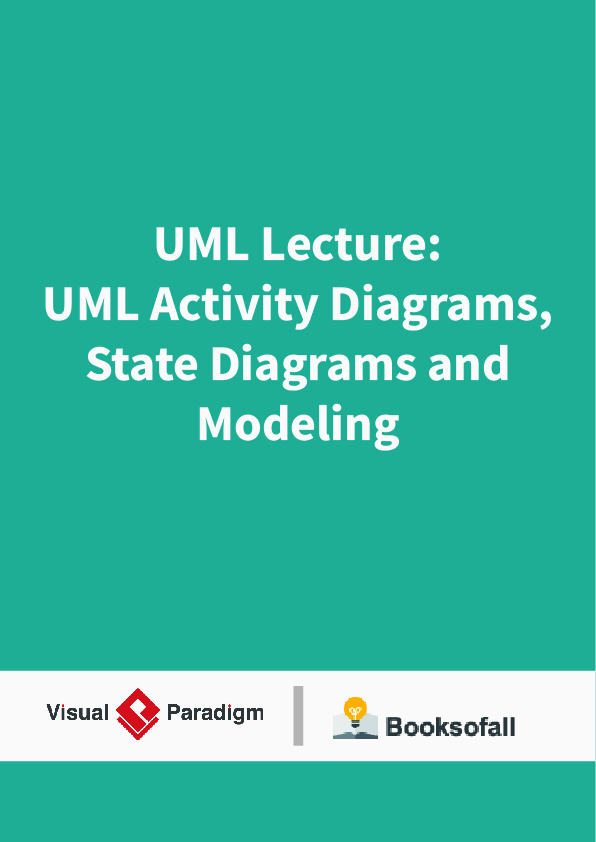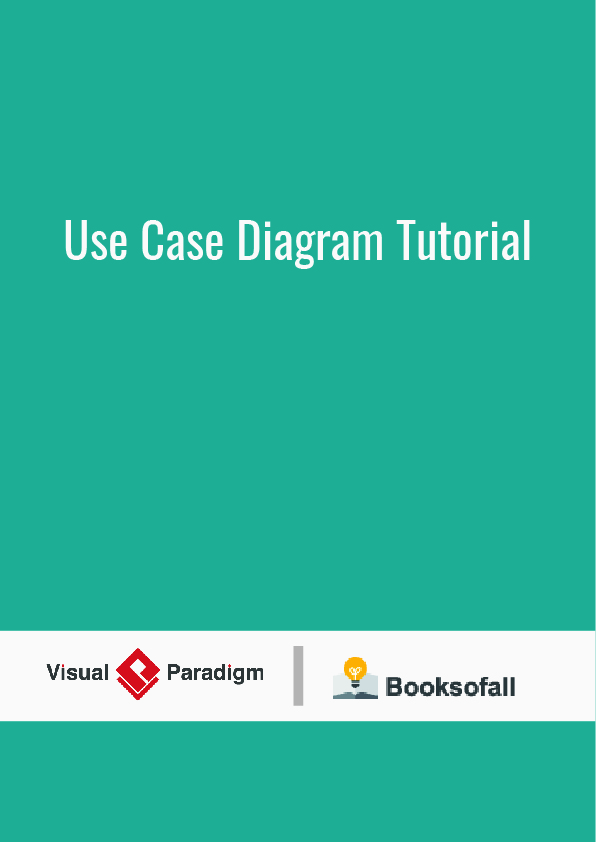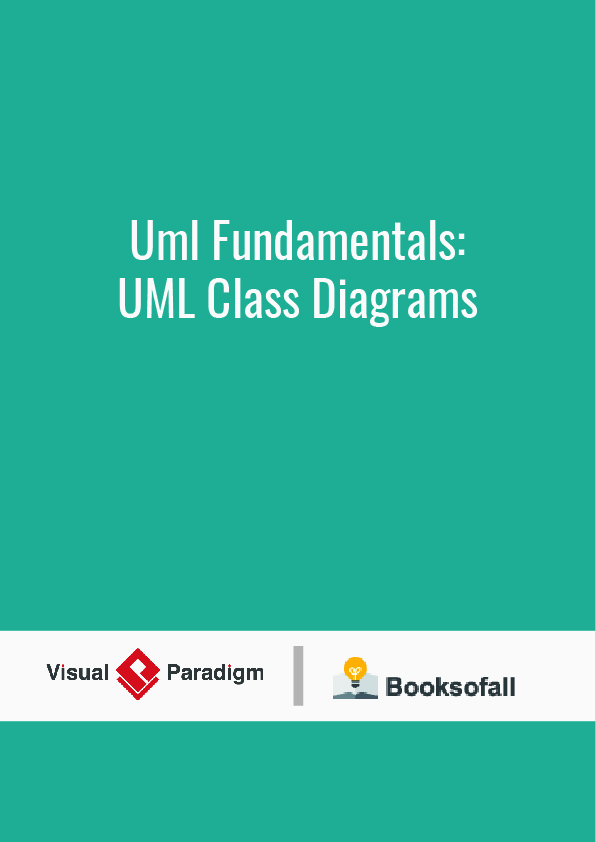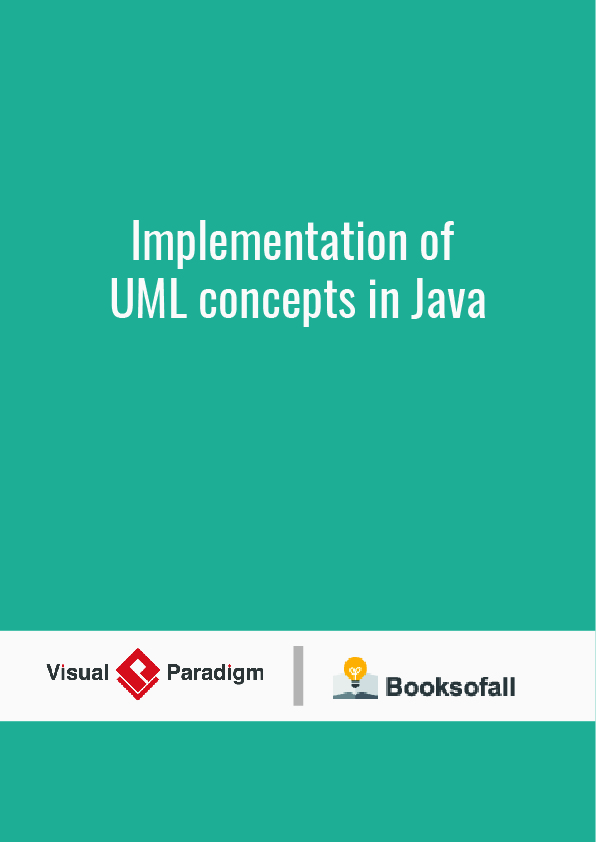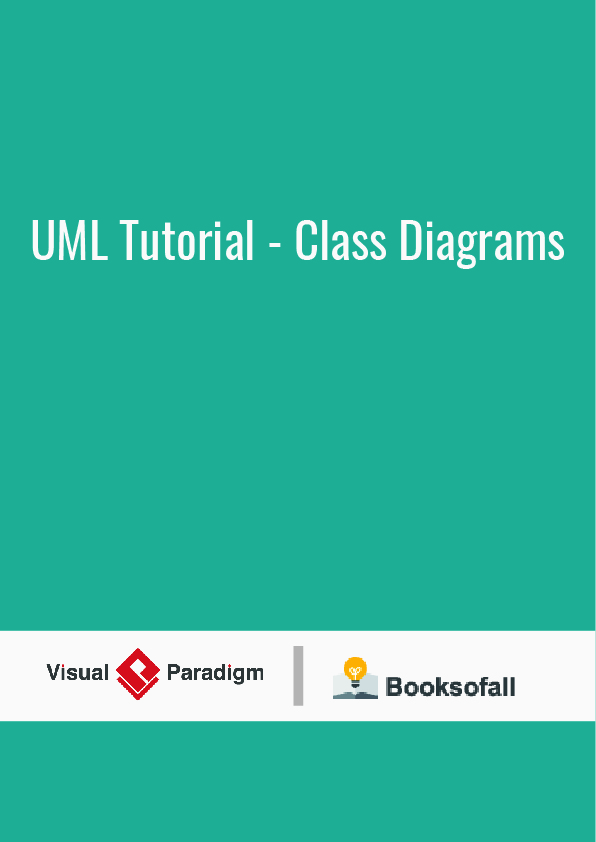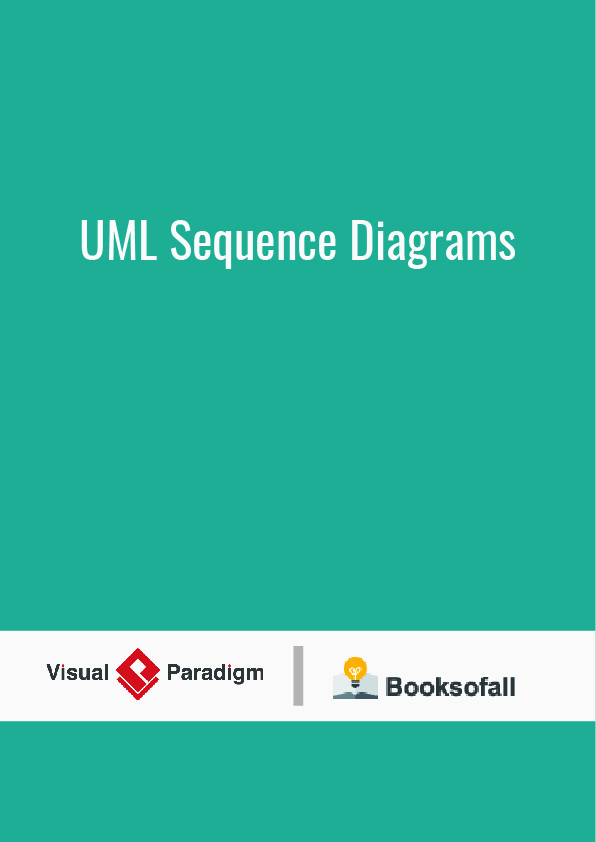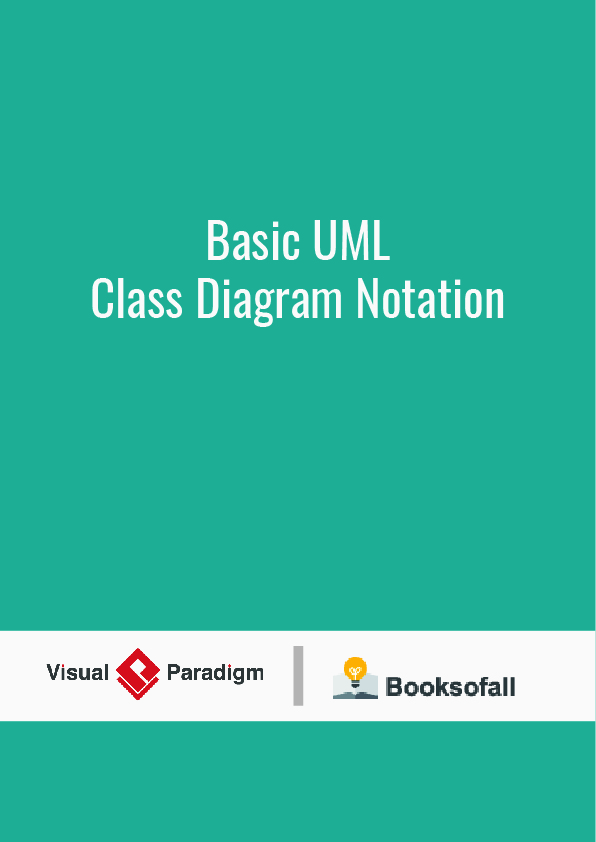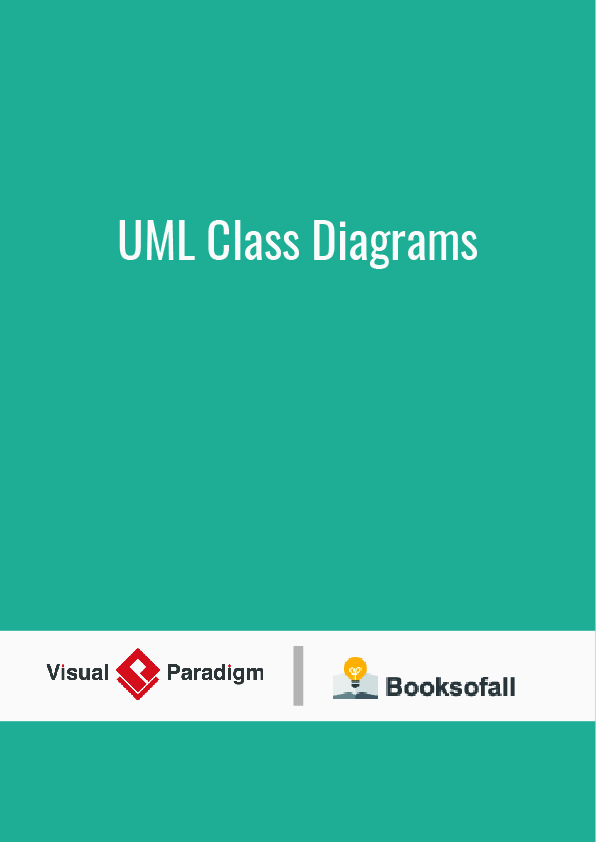Activity Diagrams
Activity diagrams are graphical representations of workflows of stepwise activities and actions with support for choice, iteration and concurrency. In the Unified Modeling Language, activity diagrams are intended to model both computational and organizational processes (i.e., workflows), as well as the data flows intersecting with the related activities. Although activity diagrams primarily show the overall flow of control, they can also include elements showing the flow of data between activities through one or more data stores.
Construction
Activity diagrams are constructed from a limited number of shapes, connected with arrows. The most important shape types:
- ellipses represent actions;
- diamonds represent decisions;
- bars represent the start (split) or end (join) of concurrent activities;
- a black circle represents the start (initial node) of the workflow;
- an encircled black circle represents the end (final node).
Arrows run from the start towards the end and represent the order in which activities happen.
Activity diagrams can be regarded as a form of a structured flowchart combined with a traditional data flow diagram. Typical flowchart techniques lack constructs for expressing concurrency. However, the join and split symbols in activity diagrams only resolve this for simple cases; the meaning of the model is not clear when they are arbitrarily combined with decisions or loops.
While in UML 1.x, activity diagrams were a specialized form of state diagrams, in UML 2.x, the activity diagrams were reformalized to be based on Petri net-like semantics, increasing the scope of situations that can be modeled using activity diagrams. These changes cause many UML 1.x activity diagrams to be interpreted differently in UML 2.x.
UML activity diagrams in version 2.x can be used in various domains, e.g. in design of embedded systems. It is possible to verify such a specification using model checking technique.
State Diagrams
UML state machine, also known as UML statechart, is an extension of the mathematical concept of a finite automaton in computer science applications as expressed in the Unified Modeling Language (UML) notation.
The concepts behind it are about organizing the way a device, computer program, or other (often technical) process works such that an entity or each of its sub-entities is always in exactly one of a number of possible states and where there are well-defined conditional transitions between these states.
UML state machine is an object-based variant of Harel statechart, adapted and extended by UML. The goal of UML state machines is to overcome the main limitations of traditional finite-state machines while retaining their main benefits. UML statecharts introduce the new concepts of hierarchically nested states and orthogonal regions, while extending the notion of actions. UML state machines have the characteristics of both Mealy machines and Moore machines. They support actions that depend on both the state of the system and the triggering event, as in Mealy machines, as well as entry and exit actions, which are associated with states rather than transitions, as in Moore machines.
The term “UML state machine” can refer to two kinds of state machines: behavioral state machines and protocol state machines. Behavioral state machines can be used to model the behavior of individual entities (e.g., class instances), a subsystem, a package, or even an entire system. Protocol state machines are used to express usage protocols and can be used to specify the legal usage scenarios of classifiers, interfaces, and ports.
